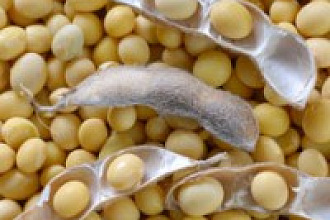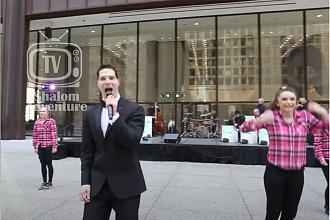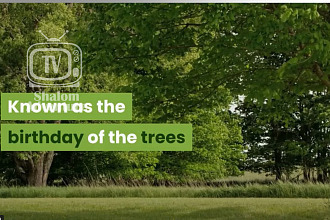Googling Tu B'shvat brings up millions of results for searches on the Jewish holiday Tu B'shvat (טו בשבט).
For example, readers can find out when Tu B'shvat is celebrated: in 2024 it begins at sunset on the 24th of January and ends the next evening, January 25.
Search results will also note another name for the holiday Rosh HaShanah La'Ilanot (ראש השנה ךאילנות) or "New Year of the Trees." Other search results share website or social media posts for recipe or event ideas.
As the title suggests, this video published in 2017 shares a short overview of the holiday, including an accessible summary of biblical Jewish law, specifically Terumah (תְּרוּמָה), Ma’aser (מַעֲשְׂרוֹת), and Orlah (ערלה).
The content creator’s website notes that, although the holiday relates to biblical law, Tu B'shvat itself does not actually appear in the Bible; the content creator also notes that the great sages differ on the exact date of the agricultural holiday. Yet this video clip suggests why this agricultural holiday may still carry spiritual significance.
This short video clip is an opportunity to reflect more generally on the importance of trees in the Bible and in our world.
In the Complete Jewish Bible the word “tree” appears 260 times. Throughout the Bible, trees provide food, shade, or building-materials; they also symbolize human experiences like temptation (Genesis 3:3) and emotions like joy (Isaiah 55:12). Where else do trees appear? What are their stories?
The World Meteorological Organization announced that 2023 saw record-breaking warm temperatures, while MIT’s Climate Portal notes that planting and managing trees can help in “combating climate change” (Forests and Climate Change). What is the link between trees, CO2, and warmer temperatures?
Whether or not tree-planting is an option on February 12 - 13 this year, this video clip can seed meaningful reflections on the trees celebrated by Tu B'shvat.

























